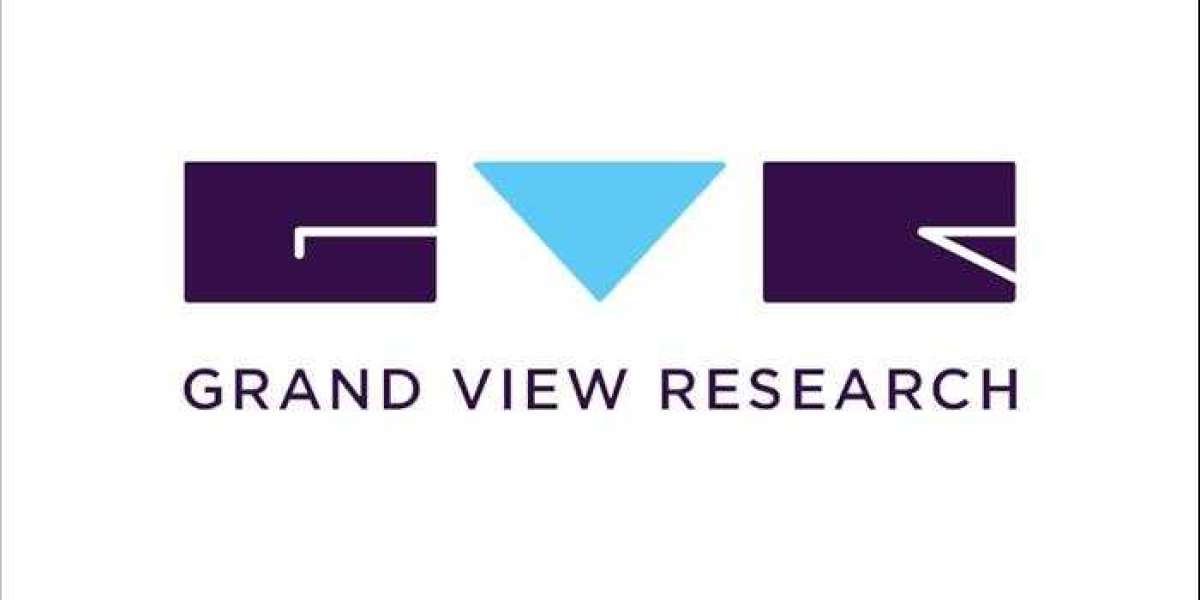Succession planning is a critical process that ensures the smooth transition of key positions within an organization. It is essential for organizations to have a robust succession planning strategy in place to identify and develop future leaders and key talent. To streamline this process, investing in a high-quality succession planning software is crucial. However, with so many options available in the market, it can be overwhelming to choose the right software for your organization. To help you make an informed decision, we have compiled a list of top features to look for in a succession planning software.
1. Talent Assessment and Identification:
A good succession planning software should have the capability to assess and identify high-potential employees within your organization. Look for features that enable you to evaluate employees' skills, performance, and potential for growth. The software should help you identify individuals who are ready for leadership positions or those who have the potential to be developed for future roles.
2. Succession Planning Workflows:
The Succession planning platform should provide intuitive and customizable workflows to streamline the succession planning process. This includes features such as creating and managing succession plans, setting up career path templates, and defining development goals for individuals. Look for a software that allows you to easily track and update succession plans as needed.
3. Reporting and Analytics:
Analytics and reporting capabilities are crucial for effective succession planning. Look for a software that offers comprehensive reporting features, allowing you to track the progress of succession plans, identify gaps in talent development, and measure the effectiveness of your succession planning strategy. The software should provide detailed insights and metrics to support data-driven decision making.
4. Development and Training:
A good succession planning software should offer features that support employee development and training. Look for tools that enable you to create development plans, track individual progress, and provide personalized learning opportunities. The software should also integrate with learning management systems or offer built-in training resources to facilitate continuous learning and skill development.
5. Integration and Scalability:
Consider a succession planning software that seamlessly integrates with your existing HR systems, such as performance management, applicant tracking, and learning management systems. This integration will allow for a holistic approach to talent management and ensure data consistency across the organization. Additionally, choose a software that can scale as your organization grows, enabling you to accommodate new positions and changing talent needs.
6. User-Friendly Interface:
The usability of the software is a crucial factor. Look for a user-friendly interface that is intuitive and easy to navigate. It is essential that the software is accessible to all users, regardless of their technical expertise or role within the organization. Ensure that the software offers clear instructions and provides adequate support to users.
7. Security and Data Privacy:
Succession planning involves sensitive employee data, so data security and privacy are non-negotiable. Choose a software provider that has robust security measures in place, such as encrypting data, regular backups, and restricted access controls.
In conclusion, investing in a succession planning software can greatly enhance your organization's ability to identify, develop, and retain top talent. By considering these key features when selecting a software, you can ensure that it aligns with your organization's specific needs and supports a successful succession planning strategy. Remember, effective succession planning is not just an investment for today but also a critical driver for the long-term success of your organization.
 " class="wow_main_float_head_img">
" class="wow_main_float_head_img">







